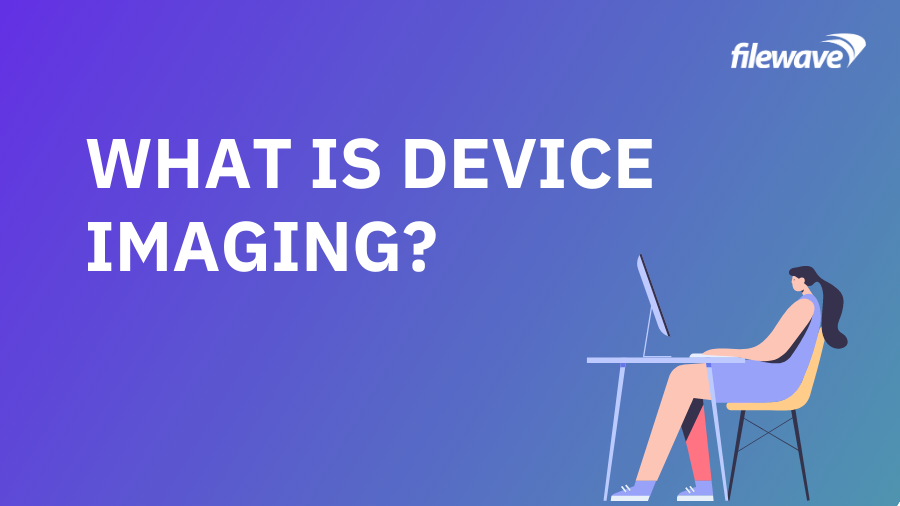Device imaging is the process of fully configuring devices with the apps and services users need, but the “how” of imaging is changing.
Device imaging is your “copy / paste” for new devices. Your “image” is what you want the device to look like (its OS, apps, settings, configurations, personalizations) and device imaging is the process of “pasting” that set-up onto other devices. But device imaging is changing, making it easier and faster for IT teams to provision and manage devices.
Today, technology allows us to fully set up a device without ever touching it.
Understanding the Benefits of Device Imaging
Device imaging streamlines the deployment and configuration of devices, reducing the time and effort required by IT teams. This process ensures consistency across all devices within an organization, resulting in enhanced security and productivity.
The Evolution of Device Imaging Techniques
It used to be that you had to completely erase a device and then manually install (via USB or disc) the OS and all the apps and configurations – a process called “monolithic imaging.” A name like that, you can imagine it wasn’t very flexible. Base images were super difficult to keep up to date, particularly when you realize each user group needs their own base image (yuck!).
The revolution happened when we began to look at imaging devices in layers: the OS layer and the applications/configurations layer (which at FileWave we call the “fileset”). Today this process is often called “thin imaging.” This is still a very common way of device imaging with an MDM such as FileWave.
Device Imaging Process
With FileWave, device imaging is as simple as 1-2-3:
Step 1: Design Your Image
Create your base device image, a simple package of the main Operating System and its required drivers and patches.
Step 2: Customize Your Fileset
Create fileset packages with the applications and configurations shared by different user groups. Then assign these filesets to the appropriate device groups.
Step 3: Deploy Your Image and Files
Deploy your device image and accompanying fileset to your central FileWave server. From here, newly deployed devices will check-in for their assigned image and fileset to get your end user up and running quickly.
Zero-Touch Device Imaging
Today, zero-touch technology such as the Apple Device Enrollment (formerly DEP) essentially eliminates the need for an image (hence why people often say “imaging is dead!”). We no longer image a device – we provision it.
This zero-touch process is soon to become the norm with Microsoft Autopilot, Samsung Knox Mobile Enrollment, and Android Zero-Touch following suit.
How to Simplify Device Imaging Processes
FileWave helps you manage complex device environments where you may be supporting legacy technology as well as the latest technologies such as Apple Device Enrollment. FileWave provides an all-in-one tool to easily image or provision your devices and simplify your future device management tasks.
With FileWave, you build filesets around smart criteria such as department, user role, or device type, delivering the applications, configurations, and files users need to be productive. This all happens seamlessly, with end users only seeing what you want them to see. And our proprietary FileWave Booster acts as the “rocket fuel” to get that device ready in record time.
FileWave takes zero-touch to a new level, simplifying workflows and automating tasks for every stage of the device lifecycle. Click here to see the FileWave difference in action.


